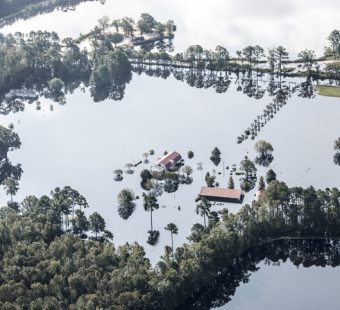
Study: Extremes in snow-melt flooding and drought tied to climate change
By Maria Sassian, Research Director, Triple-I
12/29/2020
When people think about flooding brought about by climate change, chances are they think about coastal areas near large bodies of water. But the rise in temperature can impact the world’s water in complicated ways.
A new study published by the American Association for the Advancement of Science set out to find the effect of warming on streams and discovered increased extremes in both snow melt flooding and in periods of drought that appear to be tied to long-term changes in climate.
Since the amount of water in streams varies wildly under normal conditions, finding trends in that data has proven difficult in the past. The study approached this challenge by grouping streams into categories, revealing patterns of extreme high and low flow that result in snow melt flooding and periods of drought.
Having better information about the impact of climate change on streams means more actionable information on the local scale. And as the researchers point out, “Decisions regarding extreme river high- and low-flow events have billion-dollar consequences.”
In the Pacific Northwest, the Rockies, Midwest, Appalachians, and Northeast, the study found a trend toward higher peak flows in spring and winter. That’s consistent with the trend toward earlier snowpack depletion as temperatures rise earlier in the spring.
In the Northeast, Midwest, and Appalachian regions, high stream flows in summer and fall have become more common, matching precipitation trends. On the West Coast and the southern tier of the country, the study found more summer and fall low-flow events, with West Coast areas also seeing more high-flow events.



